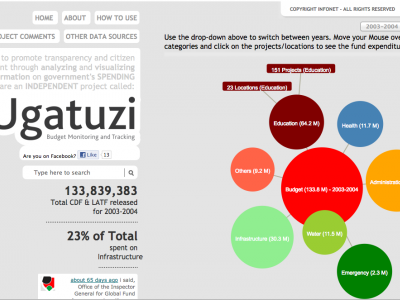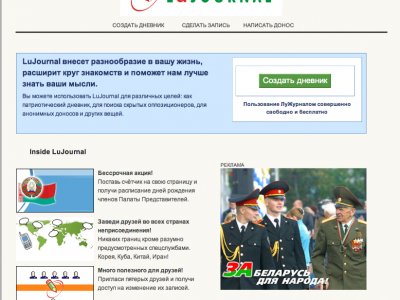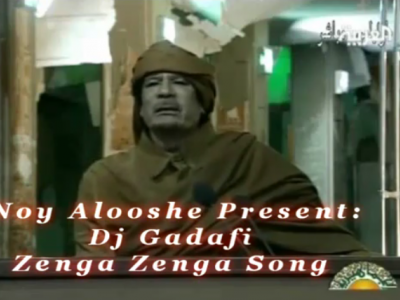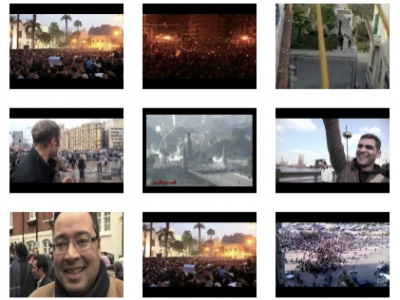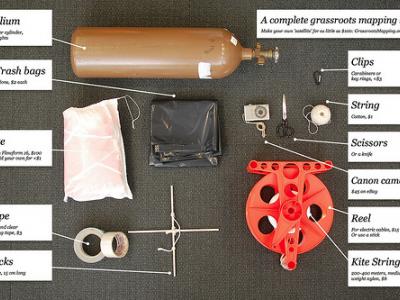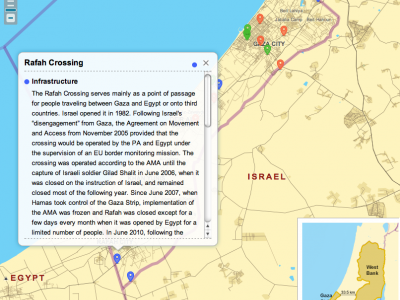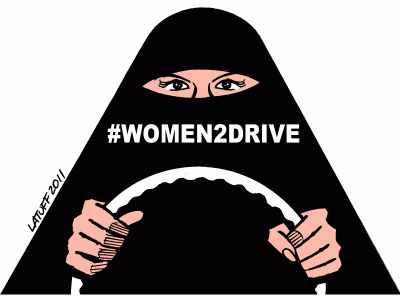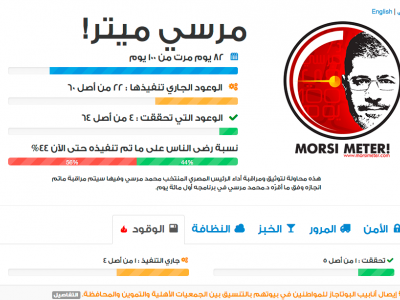
In India, the Blank Noise project has explored the issue of sexual harassment, known as 'eve teasing', of women by combining personal storytelling with public actions.
Women tell their stories by blogging together during 'blogathons' about what happened to them, posting photographs of the places where they were harassed or the clothes they were wearing, and telling stories of how they have reacted to street harassment. The places where harassment takes place are not dark back alleys, but busy streets. The clothes they wear are everyday items, not the provocative garments usually cited by perpetrators as 'invitations' to harass.
This evidence automatically shifts the question of responsibility away from women and onto the men who harass them, as well as onto Indian society's dismissal of a serious issue as just 'normal' male behaviour.
Blank Noise was started by Jasmeen Patheja in August 2003 as a student project at the Srishti School of Art Design and Technology in Bangalore. In addition to its visual campaign, the project aims to foster both discussion and a supportive community around harassment in India. To do this it has established two additional blogs: Blank Noise Action Heroes, and Blank Noise Spectators.
Digital Storytelling
Generally, digital storytelling involves the use of digital tools to collect, create and disseminate stories in a compelling manner, and with emotional impact.
As a tool for the advocacy worker, digital storytelling has the potential to convey a strong message in a familiar package. As Jonah Sachs, author of the book Winning the Story Wars, explains, storytelling in the modern age is making a comeback precisely because it plays to our shared values. The act of passing stories between each other implies a collective ownership, making the stories 'live', much as they used to in the time before so much of our communication went digital.
Why use it?
The advantage of using digital stories as an advocacy tool lies in their universality. Digital content in the form of a story – using video, audio, animation or other means – can potentially reach a larger, less active audience. An audio story, for example, can make an impact in communities with a low literacy level. On the other hand, a story in textual format can be just as effective as it can be transmitted easily online or through existing media structures.
Digital stories can take a variety of forms :
- Testimony
- Oral History
- Interview
- Narration
- Documentary/Montage
- Satire/Parody
- Drama/Fiction
- A combination of the above
A digital story told through raw interview footage can often be more emotionally direct than an edited story, as the voice of the subject is undistilled. Longer-form stories like documentaries must be more selective about content, but are better at presenting more comprehensive conclusions by editing together contrasting elements to draw links bwteen them. Which form you choose depends on the message you need to convey.
A story is an excellent way to bring the human element back into an issue or cause. With abstract issues (for example, corruption), it is difficult to make an impact with a media campaign that focuses solely on the mechanisms at play. Supplementing this campaign with stories about – or better yet, told by – real people who have experienced corruption is one way to bring your campaign back to the concrete.
Stories also travel well. Information or a message that is presented as a story, especially one with popular appeal, can be more easily retained and retold than a simple fact-sheet or a list of statistics.
How can I use it for my campaign?
At the most basic level, stories are empowering for the storyteller, but by taking it further, you can empower people to not just tell their story but record, develop and disseminate it to a wide audience. With proper tools and training, digital storytelling has the potential to turn storytellers into content producers as well.
Ask yourself these questions before starting :
- What story do I want to tell, and who should tell it?
- What format should/can I tell the story with? What suits the story best?
- How/Where/When will I disseminate it?
- Do I want this process to be ongoing? Do I want it to be participative?
The habits of your intended audiences and the resources available to them should influence the style of your content as well as your method of delivery and distribution, the length and language/s, and whether you decide to make a one-off production/publication or an ongoing series.
Do your audiences have access to the internet? Do they have fast broadband or slow dial-up access? DVD players? TVs? Do they attend public gatherings? For instance, if you're reaching out to workers who may not have internet access, a twenty-minute DVD about labour rights might be appropriate. If you're raising awareness about over-fished seas among college students, you may opt to create a two-minute humorous animation, distributed over popular media-sharing services and social networking sites.
Story, style and synopsis
Imagine you are in an elevator with a potential funder for your video project. You have only ten floors, or 30 seconds, to give your 'elevator pitch' -- a brief description of what your video is about, what the viewer will see and why it is important. Are you ready?
This is an important exercise to enable you to define concisely the message, story and storyteller of your video. Try writing a brief guiding paragraph or synopsis that explains what viewers will actually see and hear in your video. This should not be a summary of the video’s message or an analysis, but a description of how you see the story unfolding. Every word should relate to something that will appear in the video.
Your synopsis can also describe the style and feel of the video; for example, will it have a fast music video style, or will it be a more slow-paced story or a series of stark images interspersed with title cards?
Start by identifying the most important, key messages of the video. Once you have done this, focus on the details. Who will your storytellers be? What tools will you use to unfold the narrative?
Here is an example synopsis of a video on internally-displaced people in Burma:
This video shows the continuing insecurity faced by people displaced by the military government at the end of 2005.
We open with a fast series of graphic images of the government's offensive. We review the facts of the action, including how many people were displaced, using a series of title-cards. Then the villagers show us how they live in a community hidden in the jungle, relate their experiences and personal stories, and talk about their hopes and fears for themselves and their children. These interviews and conversations are shown alongside sequences of daily life that demonstrate the continuing challenges facing villagers in the war zone in 2006. They stay in small groups near their fields, living in temporary homes and avoiding their villages in the plains. They have very little food, no opportunities for education, limited healthcare, and no security. We travel with them through the jungle as they walk day and night to get away from the attacks; we are with them as they hide their food supplies, pack what they can carry on their backs, and prepare to set off again to escape a renewed offensive. The video closes with an explicit call – in the video as well as in an end title-card – for support, as well as for pressure on the government to stop the attacks.
How to create a compelling narrative
- Story Based Strategy is a US-based center that aims to help organisations compete in a contemporary media context through training in storytelling techniques and strategy. Their Battle of the Story worksheet is an excellent starting exercise, teasing out the best ways to tell your story by helping you define your 'status quo' vs. your 'change agents'.
- Story-based Strategy Model: Grassroots Organizing meets Narrative Power - a step-by-step method to apply a story-based approach in your advocacy campaign.
- Point of Intervention Worksheet - a primer on creating more compelling narratives for advocates and activists.
At the Centre for Oral History and Digital Storytelling in Montreal, Canada, a landmark multi-year project called Life Stories Montreal collected over 400 oral history testimonies of Montrealers who had been displaced or affected by violence or genocide. Many of interviews were catalogued and produced into DVDs available for viewing at the centre, and were also tagged with keywords in a special searchable video database called Stories Matter.
When dealing with such sensitive subject matter, in which participants revealed painful memories and sometimes potentially endangering information about past or present regimes, a solid ethical policy was crucial, both for the integrity of the project and the protection of the participants. Interviewees could choose from three levels of anonymity, from public to totally anonymous, which encouraged their participation without jeopardizing their safety.
The project was also founded on the concept of 'shared authority', which delegated equal parts creative control to both interviewer and interviewee. The interviewee was encouraged to take an active role in the telling of his or her own story.
When filming sensitive content – victims of human rights abuses, or an activist speaking out against the ruling government – it is important to have a clear vision of the ethical and moral ramifications of making public such content. Make sure you obtain informed consent and that this exposure will not threaten their work or safety.
Case Studies
Digital storytelling offers a natural outlet for the voices of marginalised communities. It can serve to both validate individuals and build communities.
South African NGO Women's Net initiated a digital storytelling project in 2005 with the goal of collecting and sharing personal experiences of surviving violence using digital storytelling, an approach which allowed people to use animation, photos, music, and video to tell first-person stories. These were then distributed to human rights advocates, policy-makers, and service and aid workers.
Witness.org has also been at the forefront of the burgeoning video advocacy movement, and has been using visual media and story-based content to document human rights abuses since 1992. The website's prolific video section includes first-hand interviews and stories told by child soldiers, climate refugees, and victims of gender-based violence.
Mosireen is a Cairo-based multimedia collective that focuses on "cultural activism". By documenting abuses, maintaining a web-based platform, and empowering citizens through training programs and regular screenings, Mosireen helps to challenge state media narratives. Their Youtube page is the most viewed non-profit channel in Egypt.
In late 2007 a group of young Chilean activists produced a documentary about the threat posed by coal thermoelectric projects to wild life in the country's fauna-rich Humbolt region. Combining information about the richness of the region and how other regions in Chile had already been impacted by thermoelectric activity, the documentary - called Chao Pescao - became a social movement that galvanised Chilean society around the issue of environmental protection. In less than two weeks, the Chao Pescao website received over 100,000 visits, forcing mainstream media to research and debate the coal thermoelectric plant construction plans for over 10 days.
Storytelling Tools
Amara
Handbrake
Desktop Video Editors
Online Video Editors
Synfig
Workthrough on creating a video mashup
- Tactical Tech's Message in-a-box gives a good overview of basic filming and editing techniques.
- Mapping Memories, a offshoot of the Montreal Life Stories project, offer some excellent resources and pedagogical tools for photography, writing and digital storytelling.
- Witness.org, a video-based human rights advocacy organisation, also has a well-stocked Resource section.
- Creative Activism, an open class developed by Coventry University, offers a whole lecture dedicated to Documentary and Video for Change.
- Video4Change, a networking and knowledge exchange initiative around video-based activism created by EngageMedia, offers guides such as Secure My Video, about shooting, storing and publishing video in a secure manner, and a primer on Hybrid Distribution.
- EngageMedia also published a mini-book called VideoKronik about video activism in Indonesia. This book goes into quite a lot of detail on the relative advantages and disadvantages of various methods of video distribution.

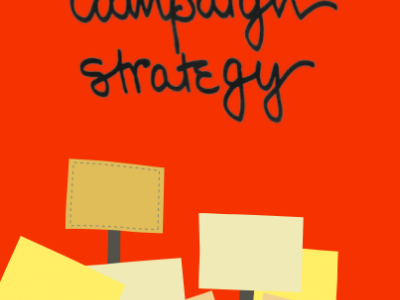
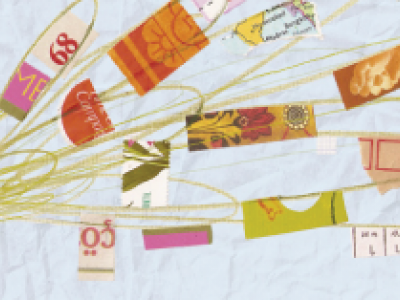
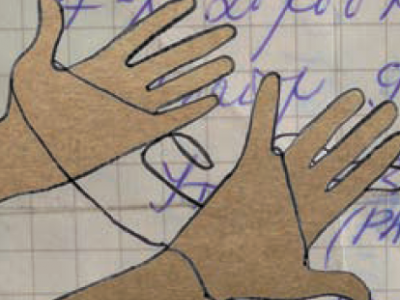
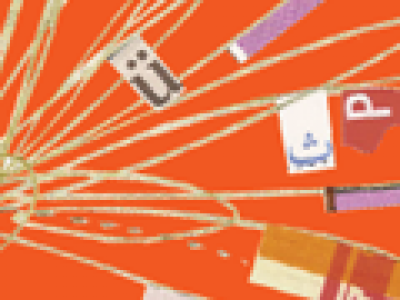
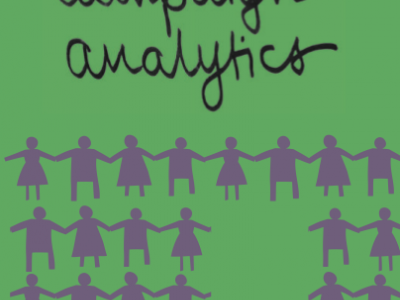
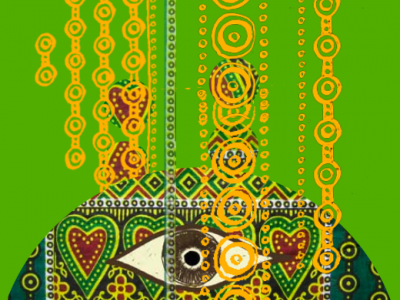
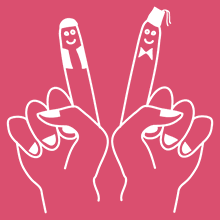
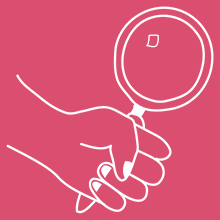









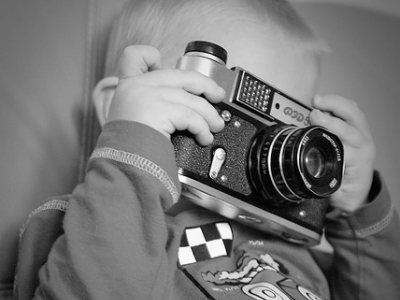



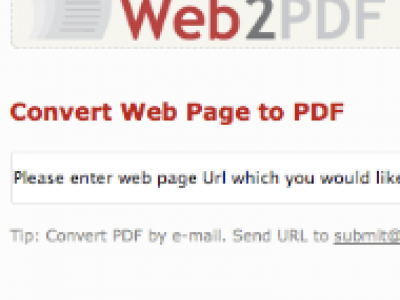
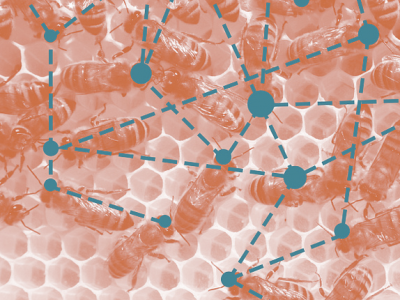
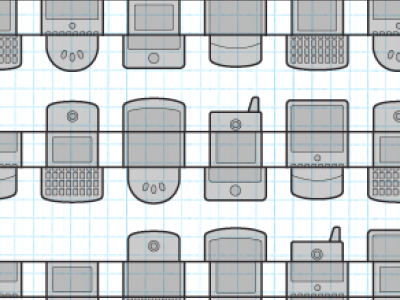
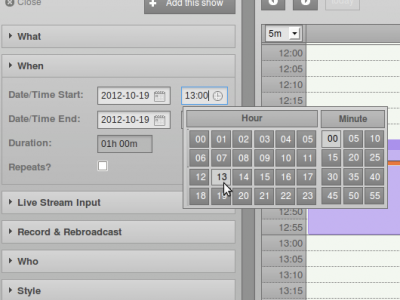



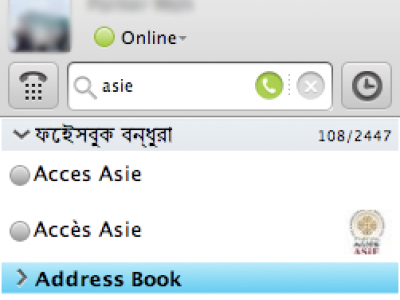
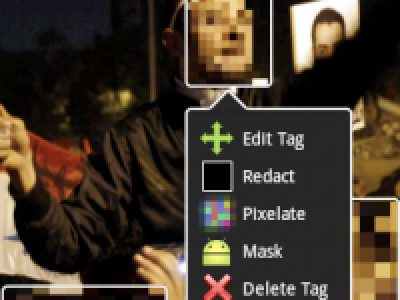

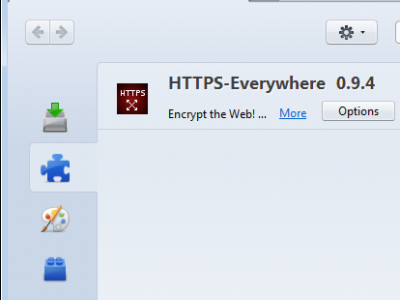
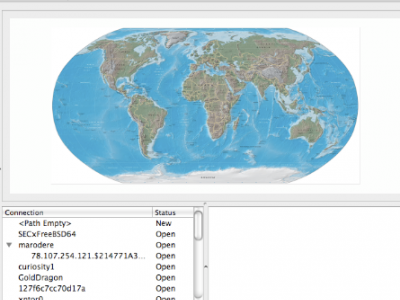
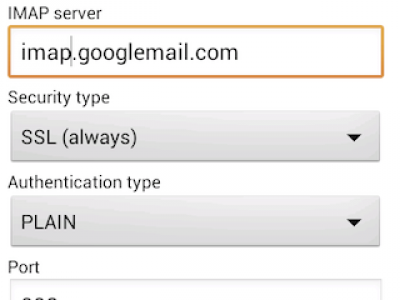
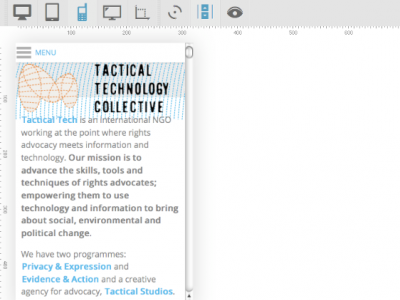
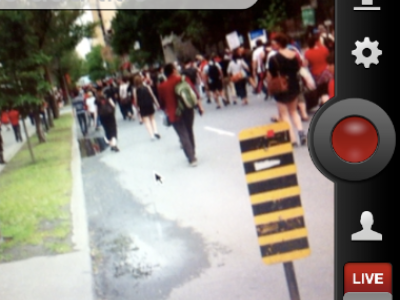

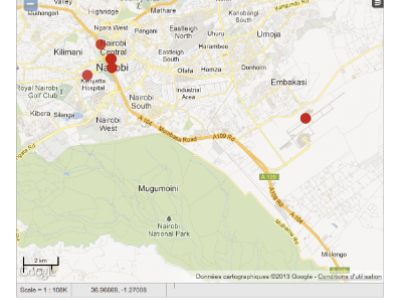
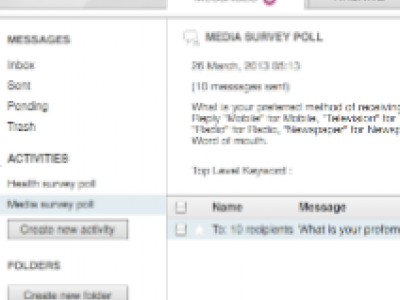
.png%3Fitok=rF0KWQB6)

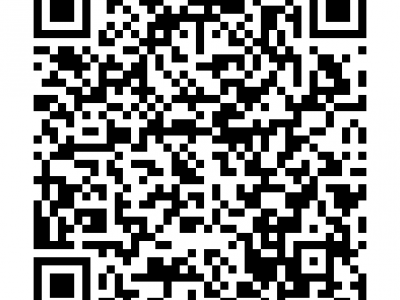
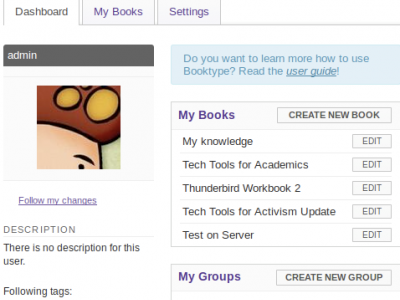



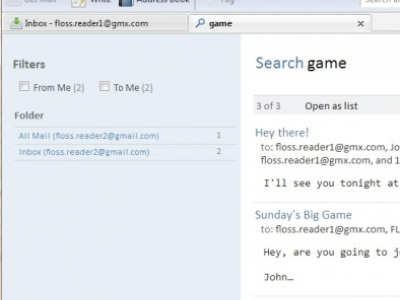
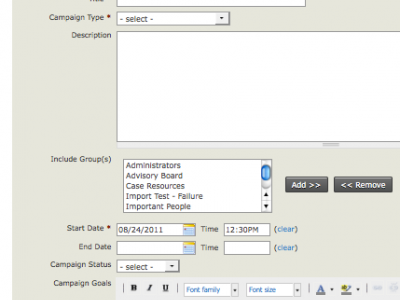
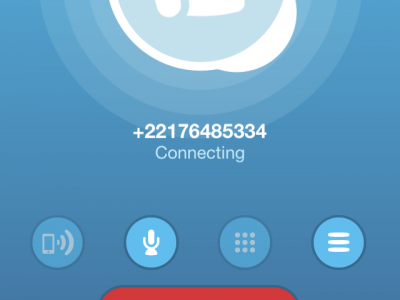
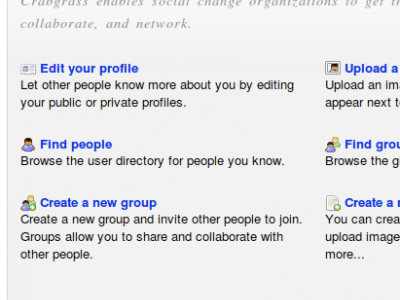

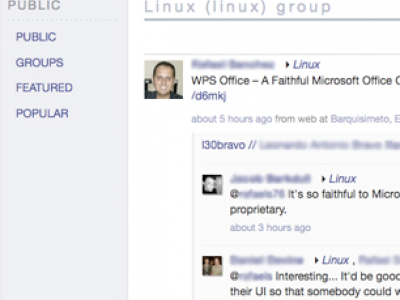
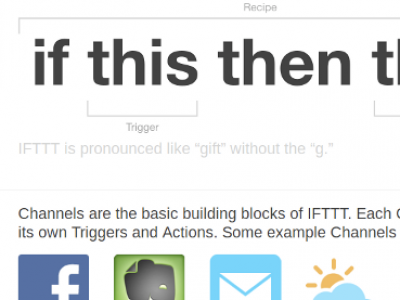

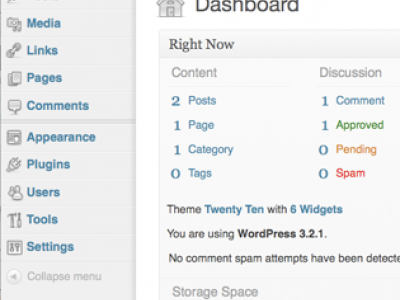
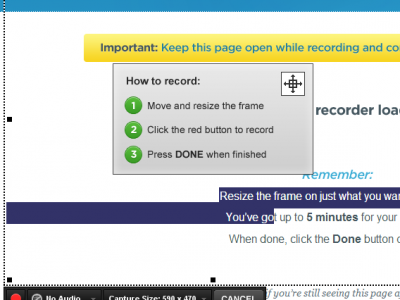
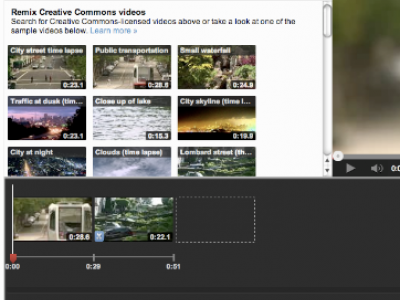

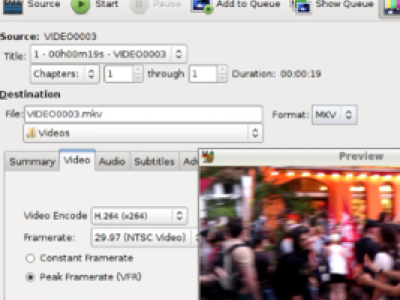

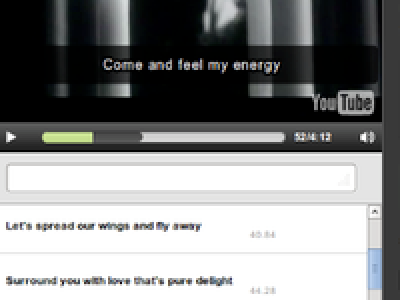

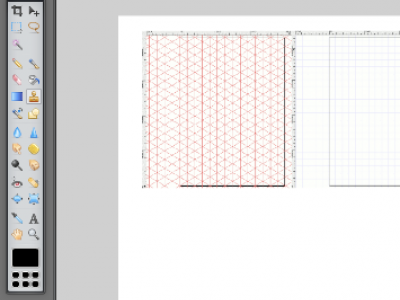
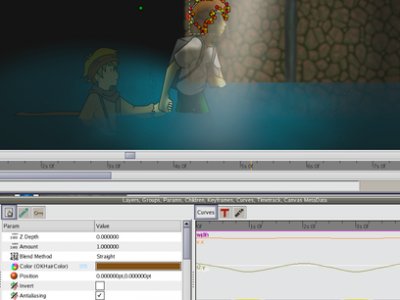
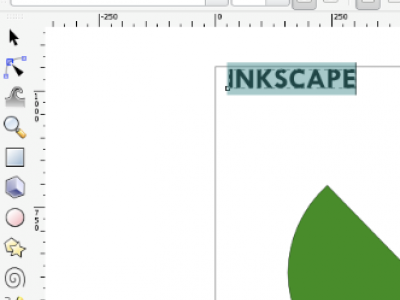
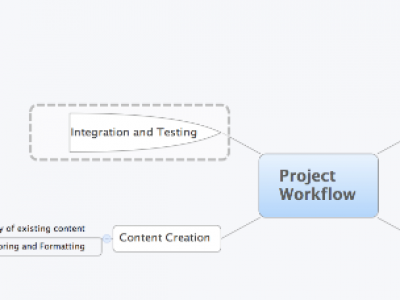
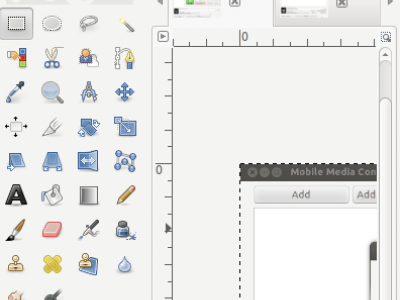

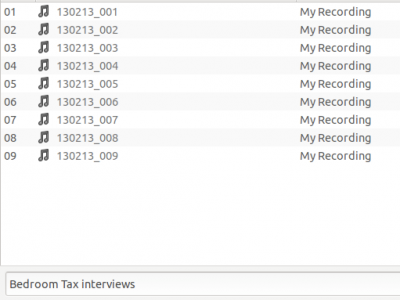
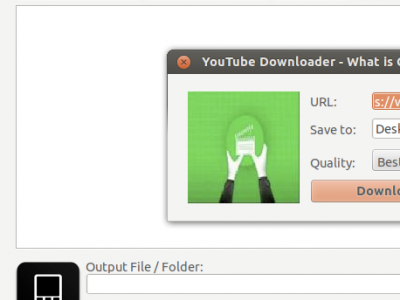
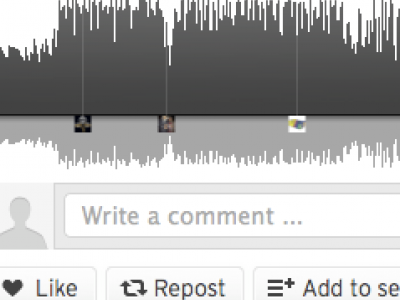

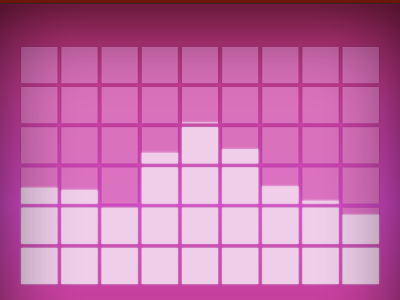
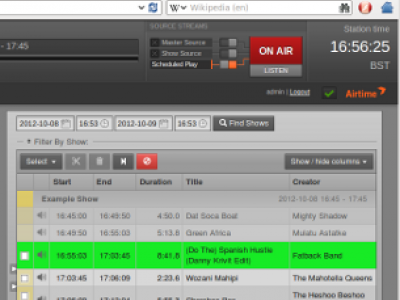
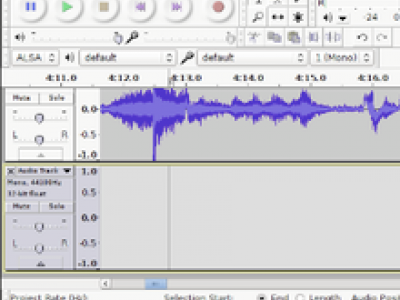
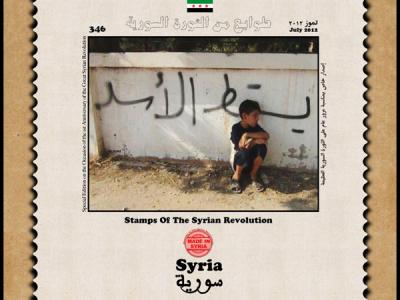

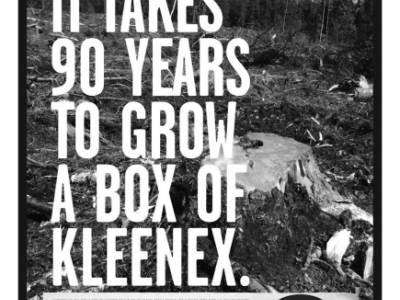
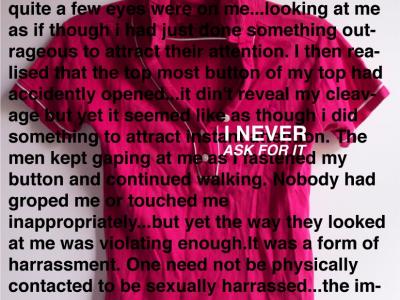
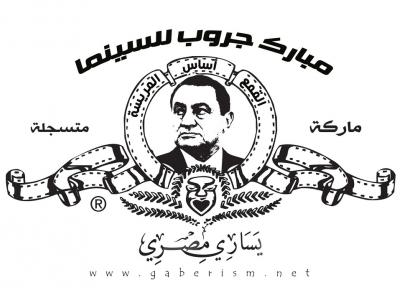

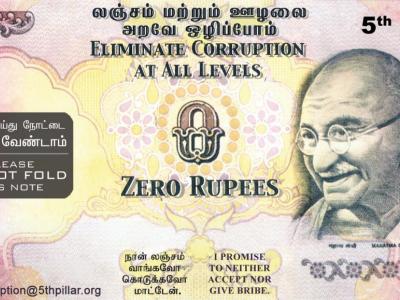
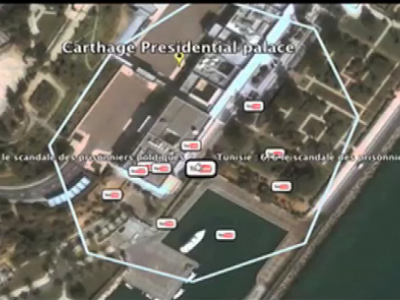
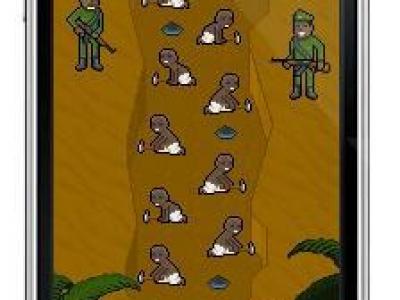

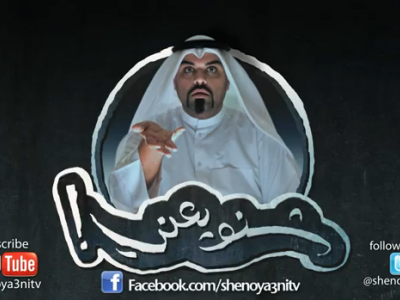
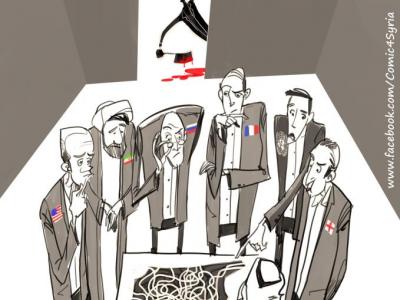
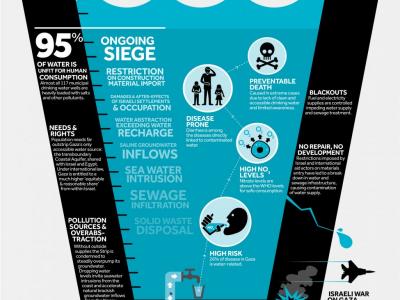
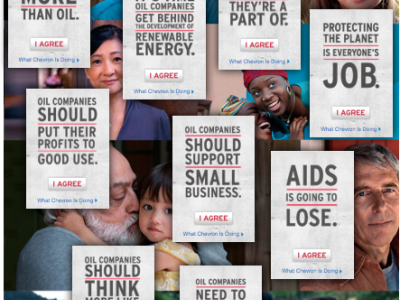
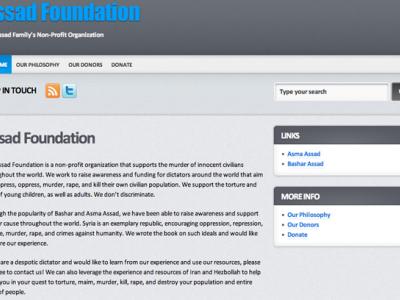
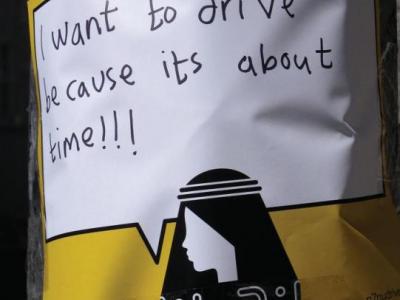
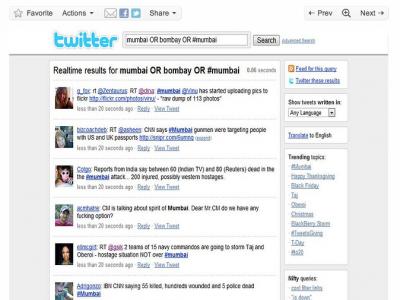


.jpg%3Fitok=pXDTLHzY)
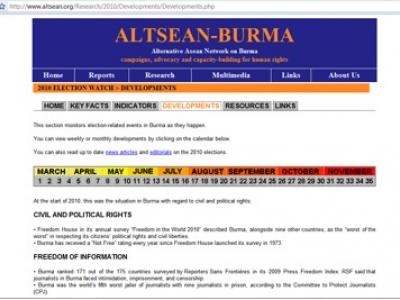


.jpg%3Fitok=3tJxk_zi)
.jpg%3Fitok=AIh9YY_n)
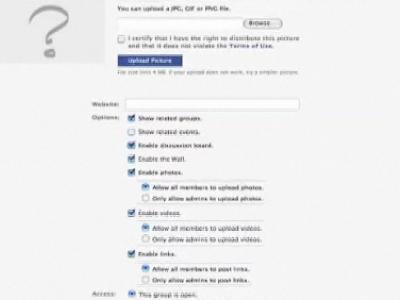
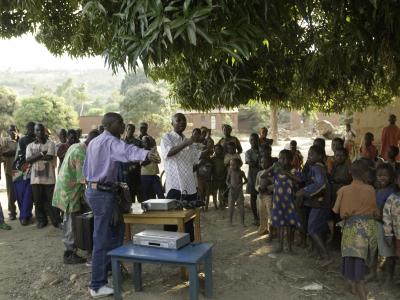


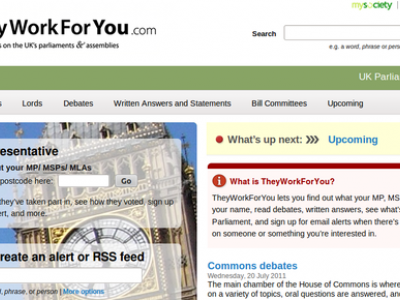

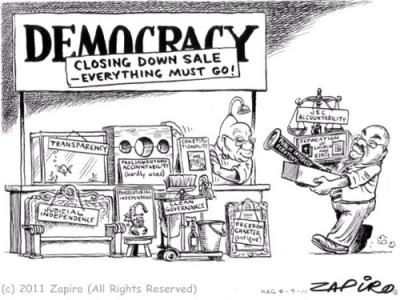
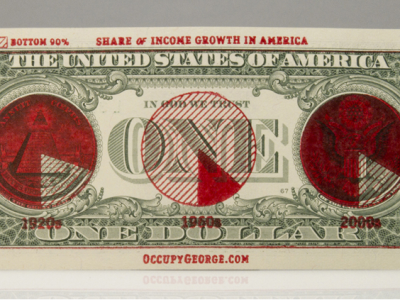
.jpg%3Fitok=1X702tBf)
